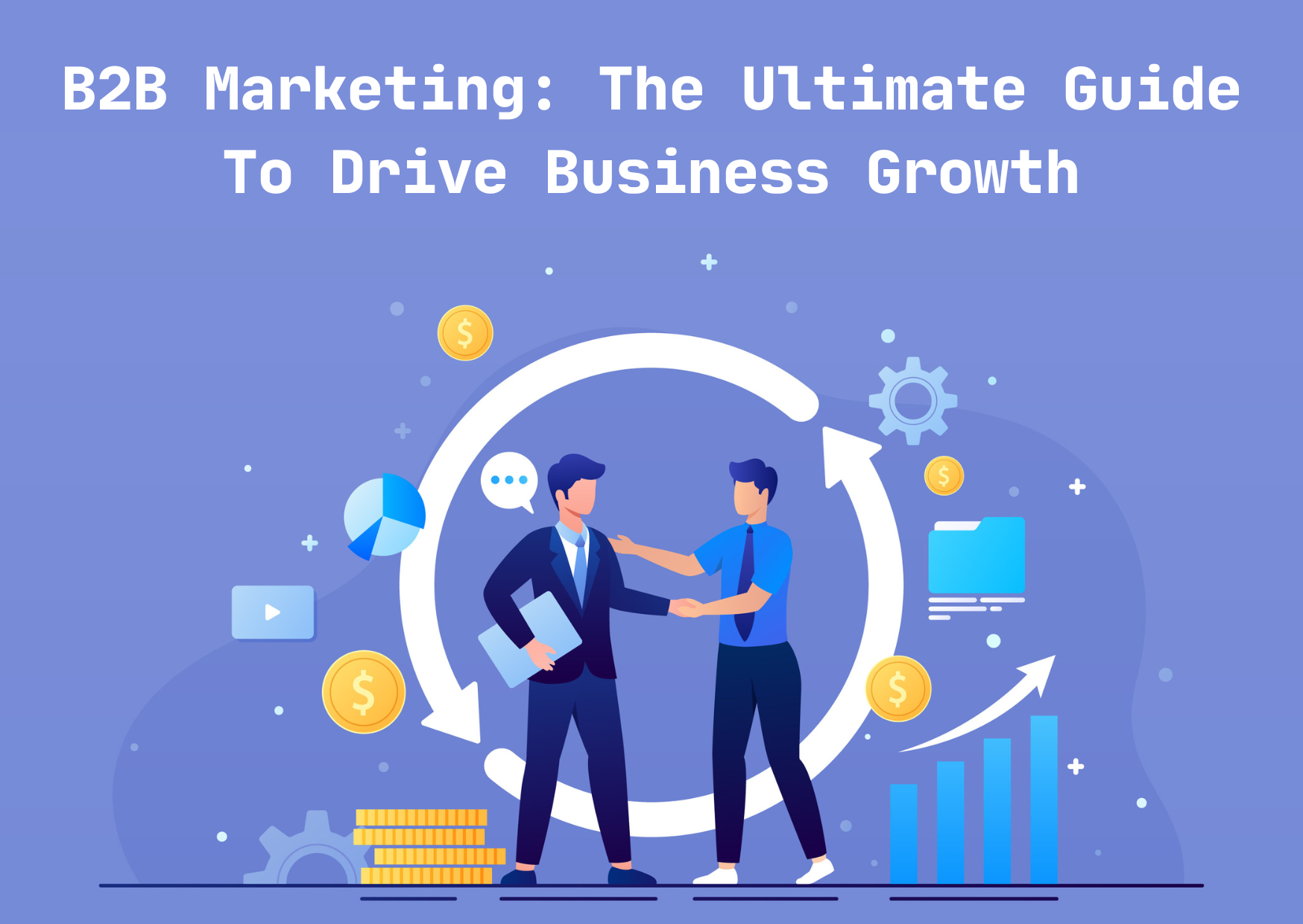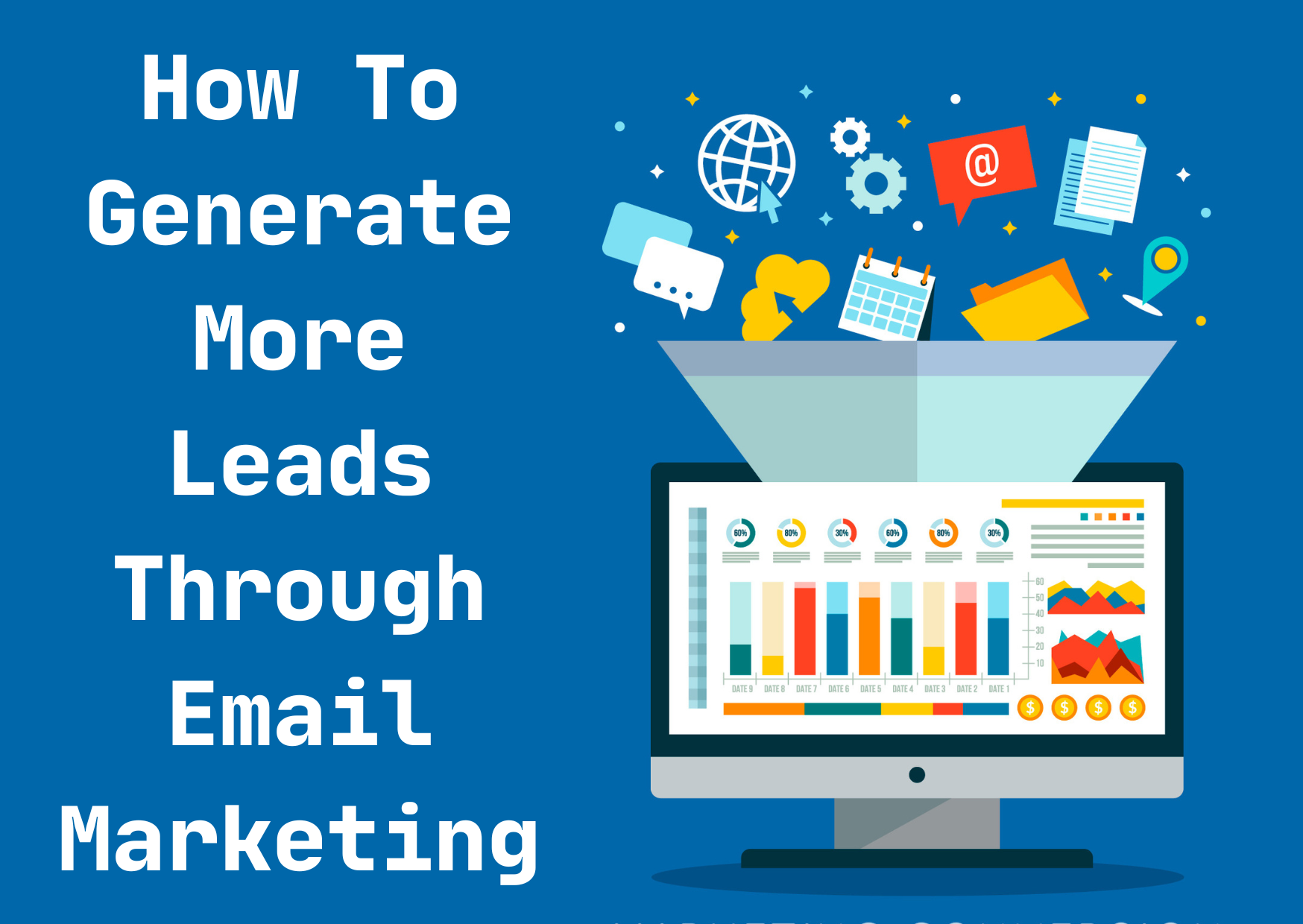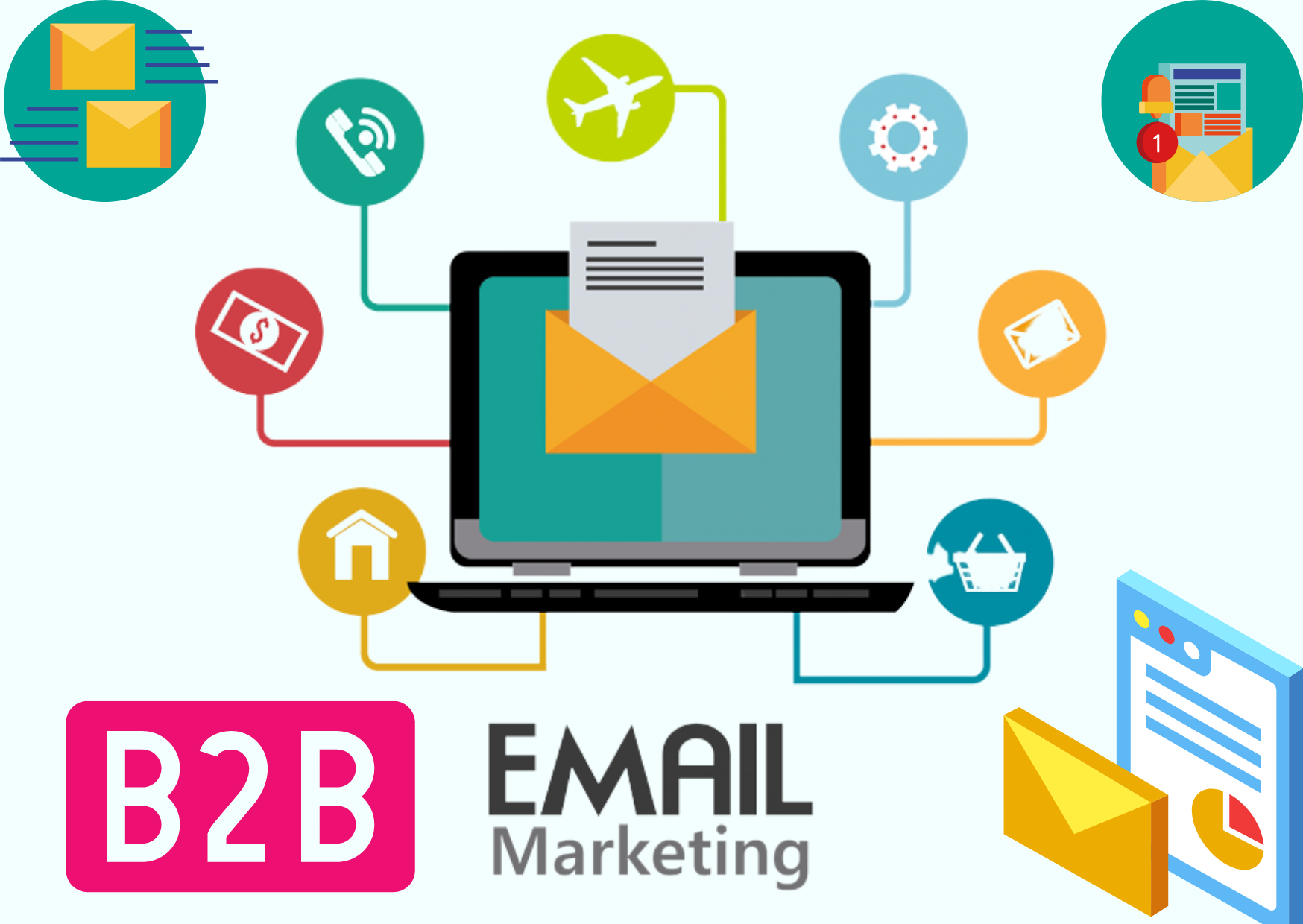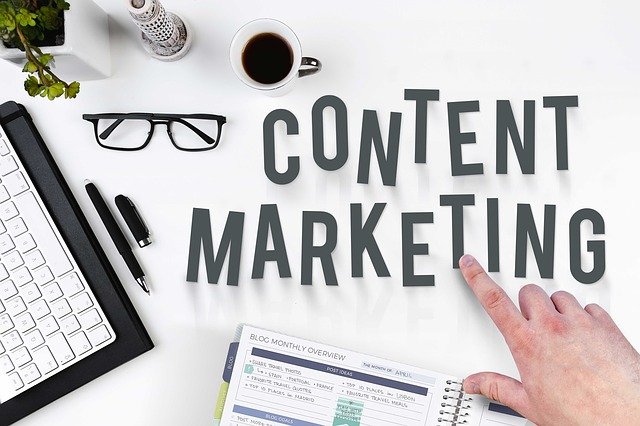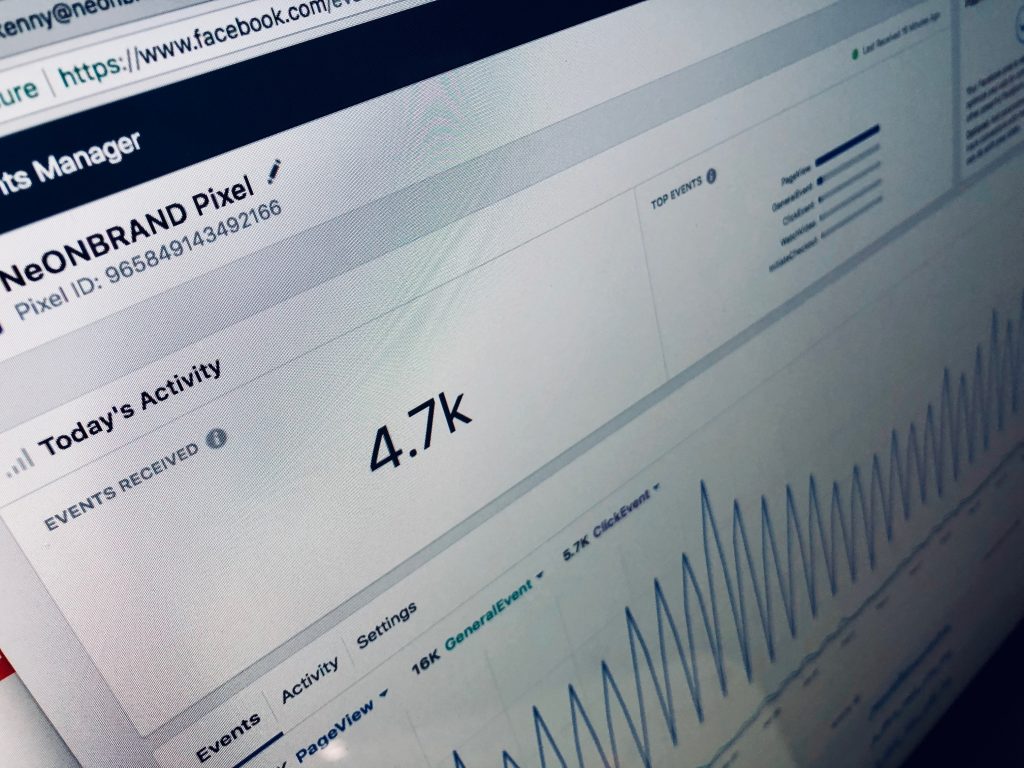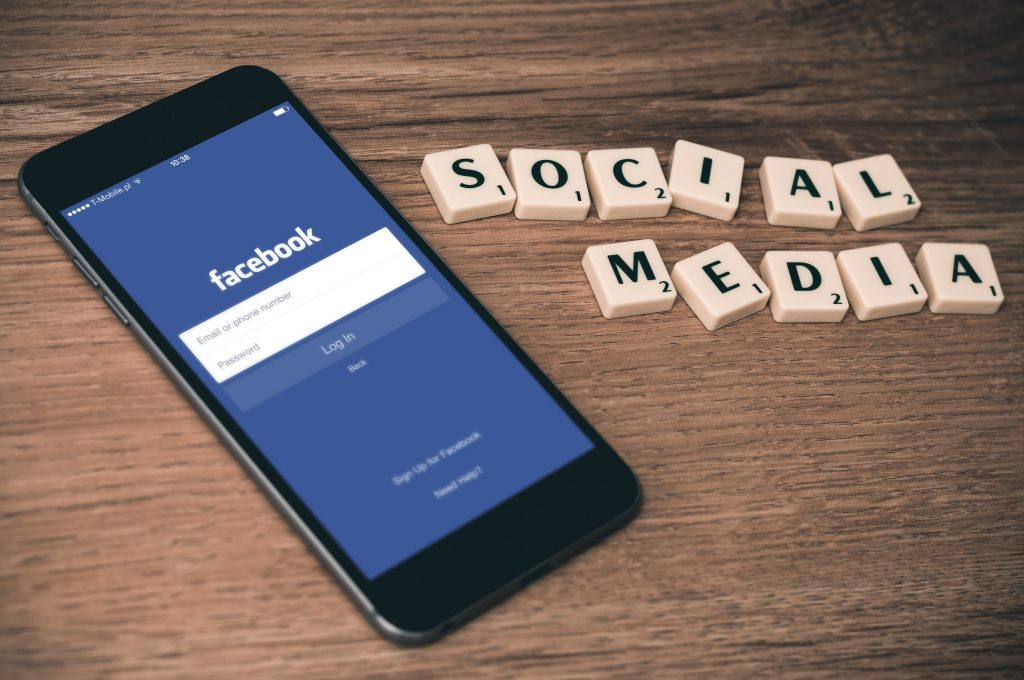Marketing your business to the B2B market can be a challenging process. This is because it requires a different approach from traditional B2C marketing and specific tactics you need to employ.
Business-to-business (B2B) marketing is often more complex than B2C. The goal is to transform a potential buyer into an actual loyal customer, which takes longer. Add in several steps in the buying process and you end up with a highly confusing environment where companies need to find ways to stand out from the crowd, improving their marketing ROI and eventually sales.
In this blog, you will explore how B2B marketing should be used to succeed! It also provides direction for marketing strategies for agencies wanting to target corporate clients that want to grow their businesses.
What is B2B Marketing?
The term “B2B” comes from “Business-to-Business,” which refers to the specific niche that B2B marketing aims to fill. It’s a space where businesses sell directly to other businesses.
It is a process of building relationships with other businesses. It is about finding the right prospects and nurturing them until they become buying leads and eventually customers.
It’s important to note the difference between this and B2C marketing, which refers to selling products or services to consumers instead of other companies.
Although B2B marketing is sometimes mistaken as a subset of consumer marketing, it focuses on different goals like brand loyalty, customer retention, and generating leads for products or services.
How is B2B marketing different from B2C marketing?
B2B marketing is a lot different than B2C marketing. While B2C marketing focuses on selling products to consumers, B2B marketing focuses on selling products to businesses.
The main difference is that B2B marketing tends to be more strategic, long-term, and relationship-focused. It’s less focused on sales transactions than it is on building relationships with customers over time through multiple interactions across multiple channels.
As a result of this focus on relationships and engagement over transactions, B2C marketers often rely heavily on messaging tactics like coupons/discounts or one-off promotions for driving revenue growth.
In contrast, B2B marketers place a higher value on measurable metrics like email open rate or lead generation form submissions. Because their ability to generate revenue from those leads depends entirely upon those metrics.
Who is B2B Marketing For?
Business-to-business marketing is for companies that sell to businesses.
It doesn’t matter whether your product or service is a physical good, a service, an app, or a software platform. If you’re trying to attract the attention of other businesses (rather than individual consumers), then B2B marketing is for you.
Role of B2B Marketing in Building Relationships
B2B marketing is often a long-term process. It’s important to understand that the goal of marketing isn’t to build a quick sale. Rather, you should be focused on building relationships with your customers.
By continuously providing them with valuable content and establishing yourself as an authority in your industry, you’ll gain their trust over time and stand out from competitors who aren’t doing the same thing.
How to create B2B marketing strategy?
There are four steps:
Define Your Buyer Persona
Defining a buyer persona is one of the most important steps in marketing. It helps you to:
- Identify who your customers are and what their buying journey looks like
- Create messaging that best resonates with each persona
- Prioritize which channels to focus on for each persona
Identify B2B Marketing Channels
The best way to start marketing is by identifying the right channels. You need to know where your target audience hangs out, and then you can get them involved in your business.
They’re more focused and targeted, so they work better for getting results. However, they’re also more expensive than many other kinds of advertising—which is why it’s important to identify the right ones before jumping in headfirst!
The following are some examples of common B2B channels: Email marketing, Content Marketing, Search engine optimization (SEO), Pay-per-click (PPC) advertising, and Web design.
Create Assets and Run Campaigns
Assets are the materials you share with your audience. They can be in the form of articles, blog posts, videos, white papers, or even webinars.
Campaigns are the strategies you use to distribute your assets. You can run campaigns on social media, email marketing, and even pay-per-click advertising.
Track and Improve
A successful marketing plan is one that can be tracked and improved over time. The key to this is consistency and measurement. To keep track of your marketing performance, you need to have a set of metrics that you can track over time.
These metrics should be both qualitative and quantitative so they reflect the impact that your efforts have on generating new business.
There are many ways to track marketing results. Each company has its own framework for measuring success, but the most common include Cost per lead, Cost per conversion, Conversion rates, etc.
How marketing and sales work together in B2B?
Marketing is often the first step in a B2B company’s sales cycle, and it’s important to understand how marketing and sales work together. Marketing helps build awareness of your brand or product. Sales then take that information and put it into action by creating leads and closing deals.
When it comes to B2B marketing, you can create content that informs potential customers about your product or service, but if you don’t have someone on hand who can turn those leads into buyers, you won’t be able to convert them into loyal customers for long term growth.
However, when you integrate sales and marketing efforts through consistent messaging across channels (like email), then you can help ensure that prospects become engaged with how your product works before they ever decide which company they trust enough to buy from in the first place!
Wrap Up
B2B Marketing is a powerful tool that can help you find new customers, grow your business and increase revenue. It’s really important to understand it so you can create an effective strategy for your company.
We hope our guide has given you the information needed to kick-start your marketing efforts!
If you want to target C-level suite during your B2B marketing campaigns, then try Mr.E by EasyLeadz, the B2B contact data provider of top management while browsing their linkedin profiles.
B2b Marketing
B2B Marketing Campaign
B2c Marketing
Email Marketing
Marketing
